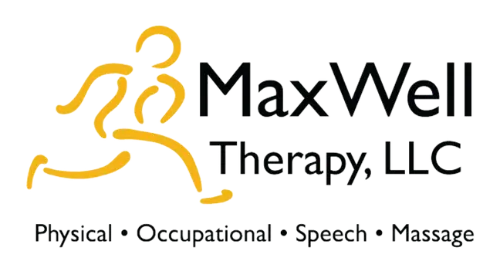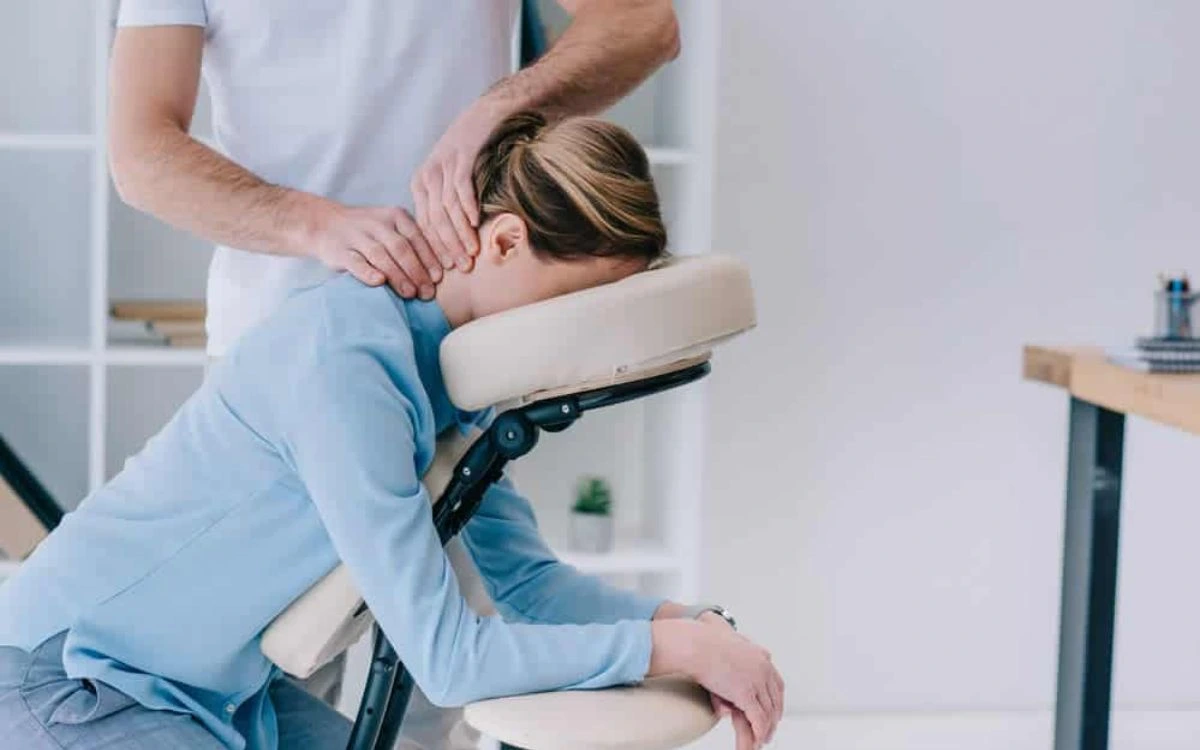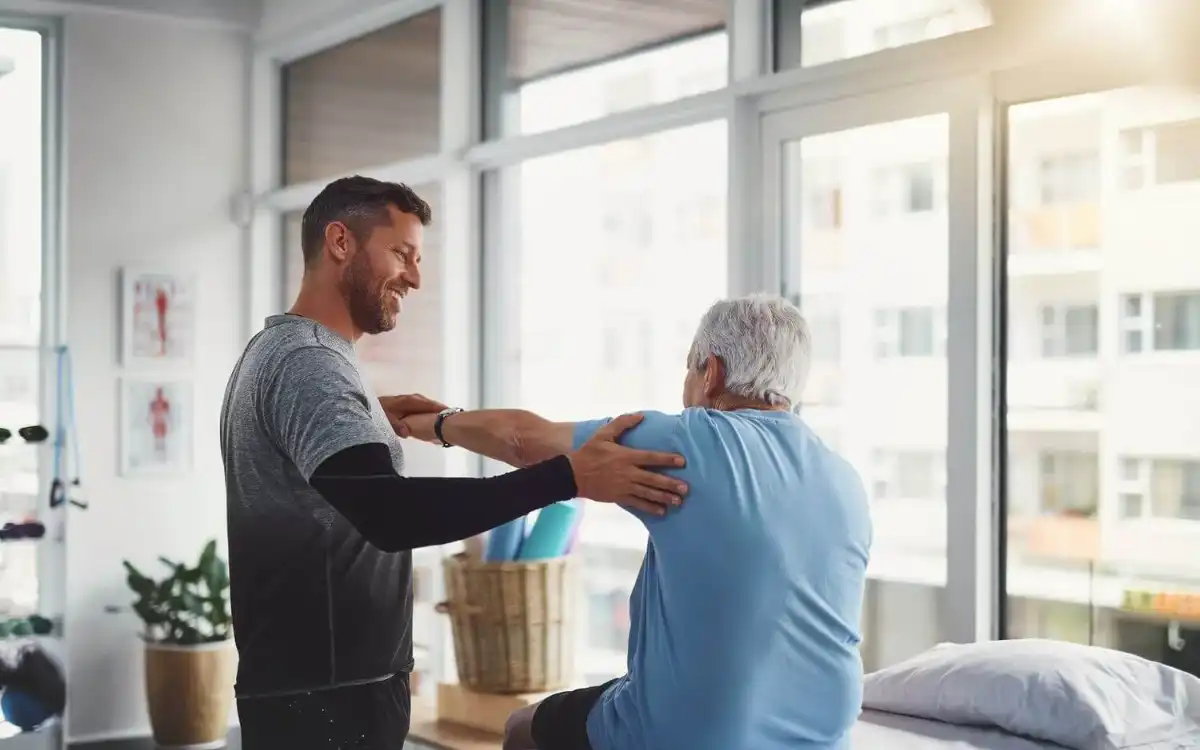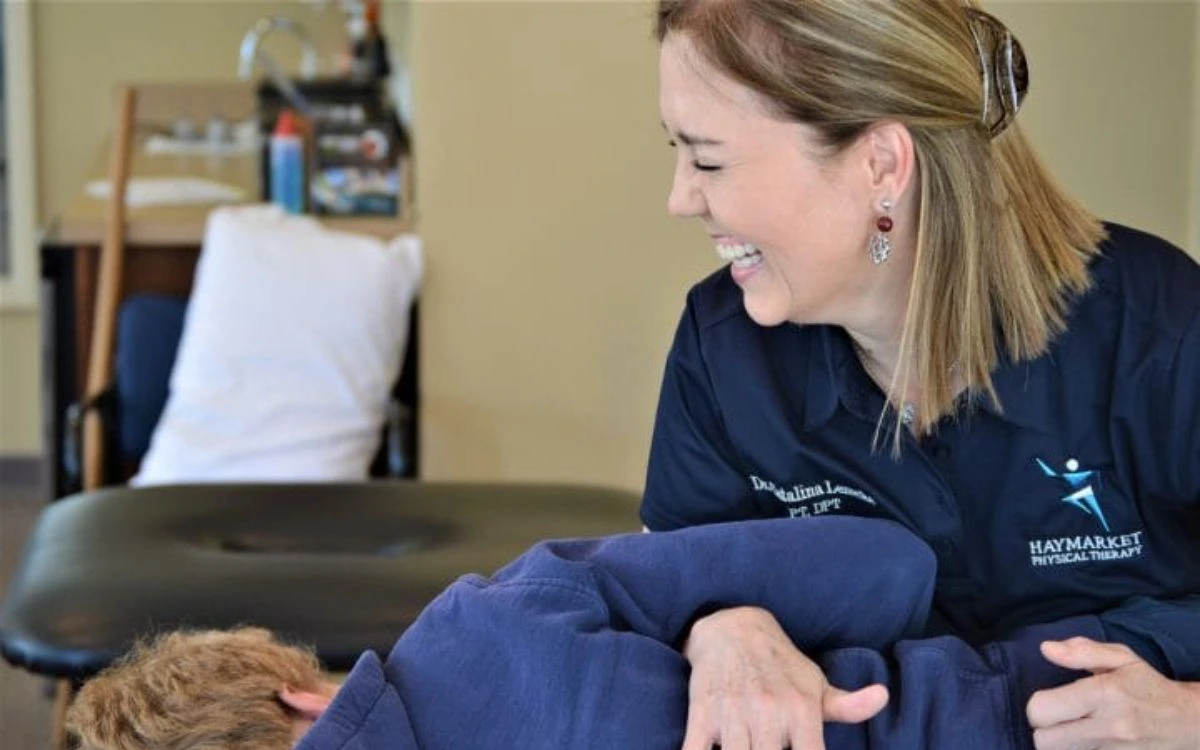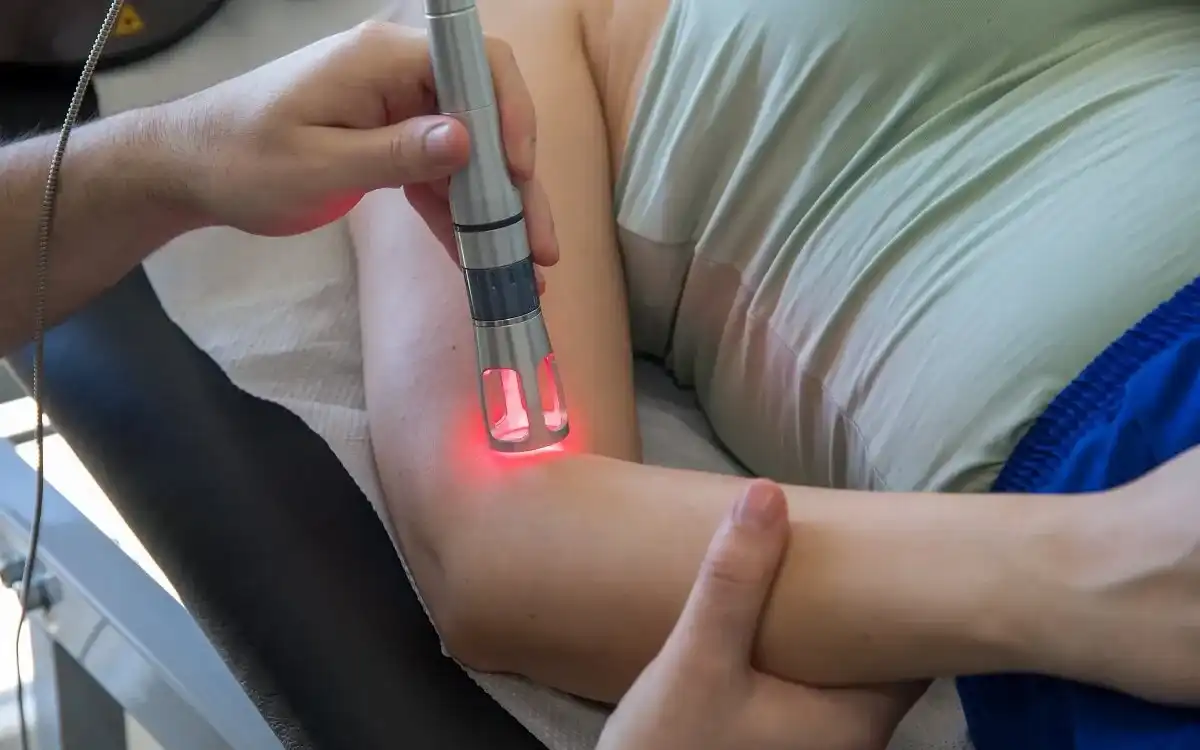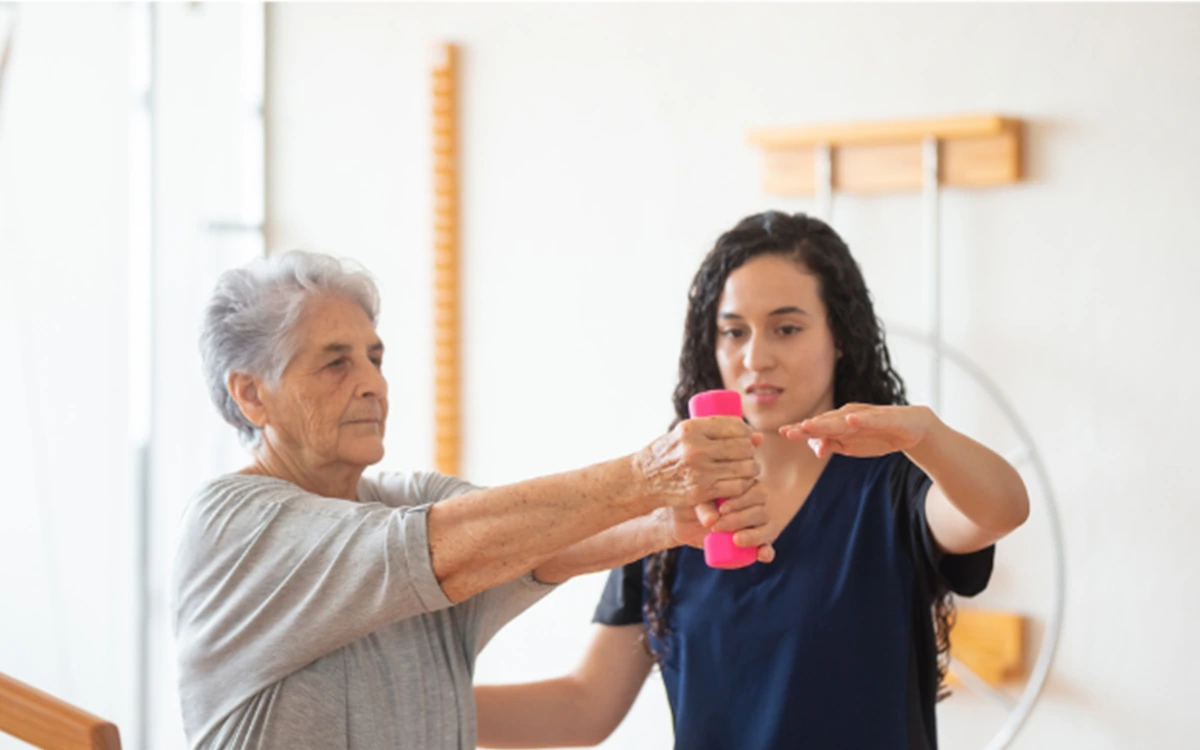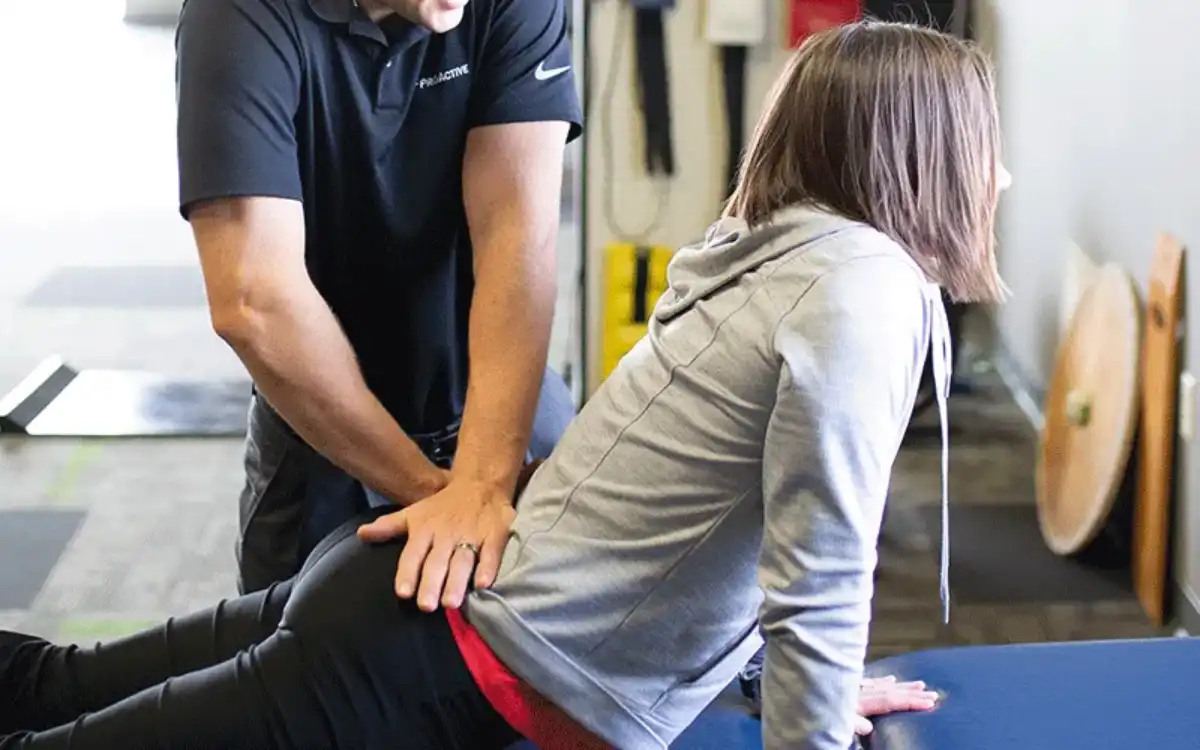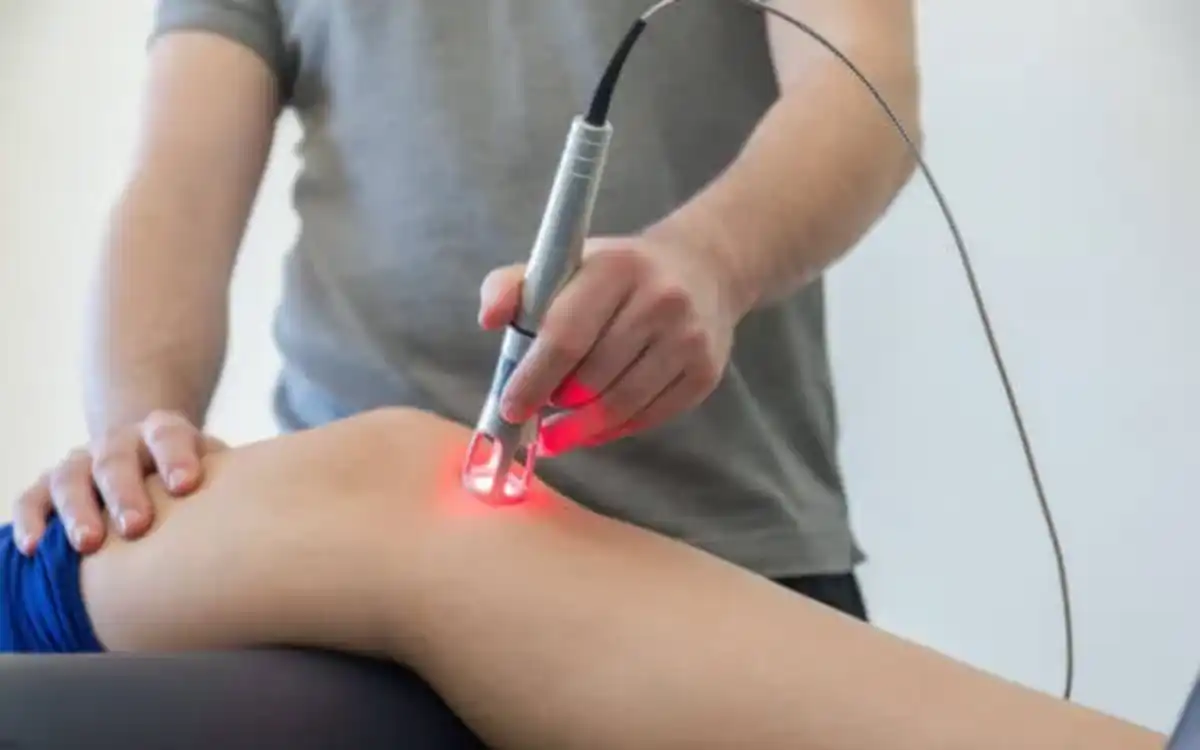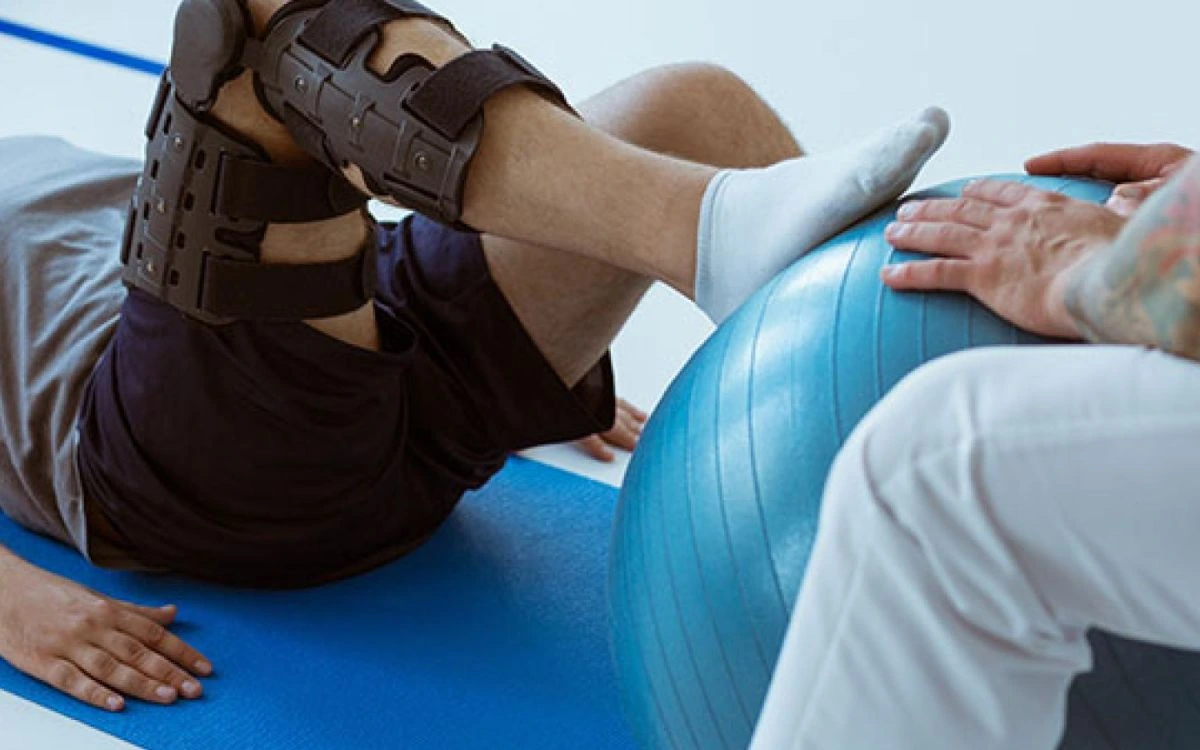OVERVIEW
Understanding Low Back Pain
Anatomy | Mechanical Low Back Pain | Treating Low Back Pain
According to estimates, 80% of people experience low back pain at some point in their lives. Half of all workers experience low back pain every year. In the United States, 15-20% of people experience low back pain each year. Low back pain affects two percent of the U.S. citizens. Each year, millions of workers are affected by job injuries that result in 100 billion dollars in lost time, productivity, and medical expenses.
There is a good chance you will be able to recover from low back pain within the next few weeks. Studies have shown that back pain sufferers return to work in as little as four weeks. The average recovery time for those with low back pain is 90 percent. Low back pain can be compared to catching a cold. It is something you feel and it will go away.
It is likely that low back pain will occur. There is a good possibility that you will be able to recover, but it is possible that you will feel the pain again. Research suggests that active exercise can reduce disability and prevent future episodes.
ANATOMY OF THE LOW BACK
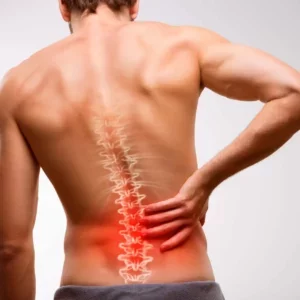
The lumbar or low back spine is an engineering marvel. It is made up of bones, discs., joints.tendons. muscles. ligaments. nerves. There are three main functions of the spine. 1.) It connects the head and trunk to the pelvis. 2.) It houses and protects the spinal cord, which is composed of billions upon billions of nerves connecting the brain to the major organs. 3.) 3.) It allows you swing a golf ball and withstands and transfers great forces. Let’s say you are 150 pounds and your knees bend at 65 degrees. To keep you from falling, your back muscles produce 375 pounds of force. If you are carrying a 50-pound object, your muscles can generate approximately 700 pounds of force.
Close inspection shows five vertebrae (bones) that are stacked on top each other and a fluid-filled disc between them. The lumbar spine looks like a hollow C-shaped curve (called lumbar lordosis), which is designed to balance enormous forces. The curve, or lumbar-lordosis, allows the spine to be 15% stronger than if it was straight. The spinal cord is located in the “hollow” portion of the spine. The spinal cord is composed of nerves. These nerves wire your brain to your muscles, and tell them when they should contract. These nerves are also responsible for sensations such as touch and pain. These nerve roots are also known as intervertebral foramen, which means they exit from between the vertebrae.
The vertebral bodies carry most of the weight. They have cartilage end plates that attach to the discs. Transverse processes are two bones that point towards the sides, and spinous processes arise from the back of the vertebrae. These processes are used to attach muscles and ligaments.
A fluid-filled disc is found between each vertebral body. It looks like a jelly donut. The annulus fibrous outer portion is known as the annulus fibrosus, while the inner jelly part is known as the nucleus pulposus. Healthy discs give the spine the height it needs, absorb shock and distribute forces in all directions.
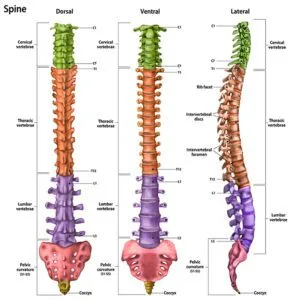
Ligaments, which are non-elastic structures that hold a bone or set of bones together, are strong and durable. The lumbar spine is connected to many ligaments. The anterior longitudinal ligament holds together the front of the vertebral body. The posterior longitudinal ligament keeps the vertebral bodies’ backs together. The interspinous ligament and the intertransverse ligament pass between the spinous and transverse processes. The ligamentum flavum is responsible for holding the rear vertebrae together and protecting the spinal cord. The large piece of ligamentous tissue called the thoracolumbar facia helps to hold the entire lumbar vertebra together. It also works with the muscles to stabilize the spine.
Over 140 muscles work together to stabilize and move the spine. Many of these muscles can be found around the lumbar spine. The abdominal muscles, the erector and hip muscles, as well as the lateral stabilizing muscles, are all present. The rectus Abdominus, the inner and exterior obliques, as well as the transverse abdominus are the abdominal muscles. They support the front, maintain good posture, keep the abdominal organs in their proper places, and act as the body’s natural “back belt.” A layer of muscles further down assists in side bending and rotation. The hip muscles, including the gluteus maximus and hamstrings, move the pelvis as well as the thighs. Your major lifting muscles are the gluteus maximus (and hamstrings). When you bend down to touch your feet, 67% of your bending is done by your hips. This is controlled by the gluteus maximus muscles and the hamstrings muscles. Your psoas muscle lifts your thigh and stabilizes your spine. The lateral stabilizers, the quadratuslumborum or the latissamus Dorsi, insert through the thoracolumbar fascia into the transverse and spinous processes. They can also move and stabilize the spine. The curve or lumbar lordosis can be affected by any combination of these structures.
MECHANICAL LOW BACK PAIN
A variety of traumas can cause low back pain, including a fall, motor vehicle accident, twisting and prolonged poor postures. Although they are rare, serious medical interventions are required for conditions such as infections, hormonal problems, broken bones and systemic diseases.
Acute low back pain can be defined as activity intolerance caused by lower back symptoms or back-related leg symptoms lasting less than three months. Chronic low back pain is pain that lasts more than three months. No matter what the cause of low back pain is, it’s likely that there are soft tissue injuries. These can trigger nerves and produce pain.
It is difficult to pinpoint the exact cause of low back pain. You may feel pain, and the cause could be something similar to yours. It could be muscle(s), ligaments, disc(s), tendon (s), joint(s) or other connective tissue. All of them can cause similar symptoms, which often manifest as pain across the back or on one side. It can radiate to the buttocks or the thighs. It may be accompanied by muscle spasms, which is a painful cramping sensation. Medical research has also shown that xrays are ineffective in diagnosing low back pain, except for cases of severe trauma. Low back pain can also be caused by magnetic resonance imaging (MRI). MRI scans show that 2/3 of people with disc abnormalities are positive, but they are not painful. Disc bulges can be found in as many people as one third of the population and they are completely painless. Low back pain is often called a “pain-in-search of a disease” by health care professionals. This means that the patient’s medical tests may be negative, or they might get a false positive. There could be many causes.
TREATING LOW BACK PAIN
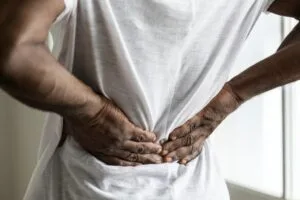
How can we treat something when we don’t know the exact cause? The cause of low back pain, mechanical or otherwise, is known to be soft tissue damage. The pain nerves that are stimulated by the damage are called nociceptors. It is important to promote the healing of the injured soft tissue, which will not only treat the pain but also eliminate it. This is achieved by creating a customized program to meet your needs.
These are the steps:
- To prevent any further damage to the soft tissue, protect it. Rest and positioning are good ways to protect the soft tissue that has been damaged. Avoid activities that can cause pain while your low back heals. Your physical therapist can discuss pain management options with you. The majority of patients require bed rest for between 1-3 days. Longer periods of rest are not recommended.
- Increase circulation and mobility. This will provide the necessary building blocks (proteins and repair cells called Fibroblasts, oxygen, etc. Remove inflammatory and other waste products from painful tissue(s), and prevent tissue loss. Walking and doing stretching and strengthening exercises can increase circulation.
- The problem is caused by dysfunctions such as poor posture, weakness, and poor flexibility. You can reduce stress and repair your low back with progressive strengthening exercises, flexibility exercises, and postural/body mechanics education.
The Key: Your physical therapist can help you diagnose and treat any dysfunctions. But that’s not all. Low back pain is something that can be experienced by anyone who has ever suffered. Muscles should be stronger than they were before the pain began (12+ weeks), and flexibility must improve over time. You will need to practice daily to maintain good posture and proper body mechanics.
TREATMENT
Possible Treatments
- Aerobic/Endurance Exercise
- Core Strengthening
- Cold Therapy
- Electrotherapeutic Modealities
- Walking Training
- Heat Pack
- Isometric Exercise
- Low Back Active Motion
- Low Back Joint Mobilization
- Low Back Passive Motion
- Motion with Low Back Resistive Range
- Lumbar Traction
- McKenzie Exercise
- Posture Training
- Exercises in Proprioception
- Physical Agents
- Soft Tissue Mobilization
- Stretching/Flexibility Exercise
GOALS
Possible Treatment Goals
- Reduce the chance of reoccurrence
- Increase your fitness
- Enhance Function
- Increase Muscle Strength and Performance
- Increase oxygen to tissues
- Enhance Proprioception
- Increase range of motion
- Increase Relaxation
- Self-care for Symptoms
- Increase Safety
- Increase tolerance for prolonged activities
